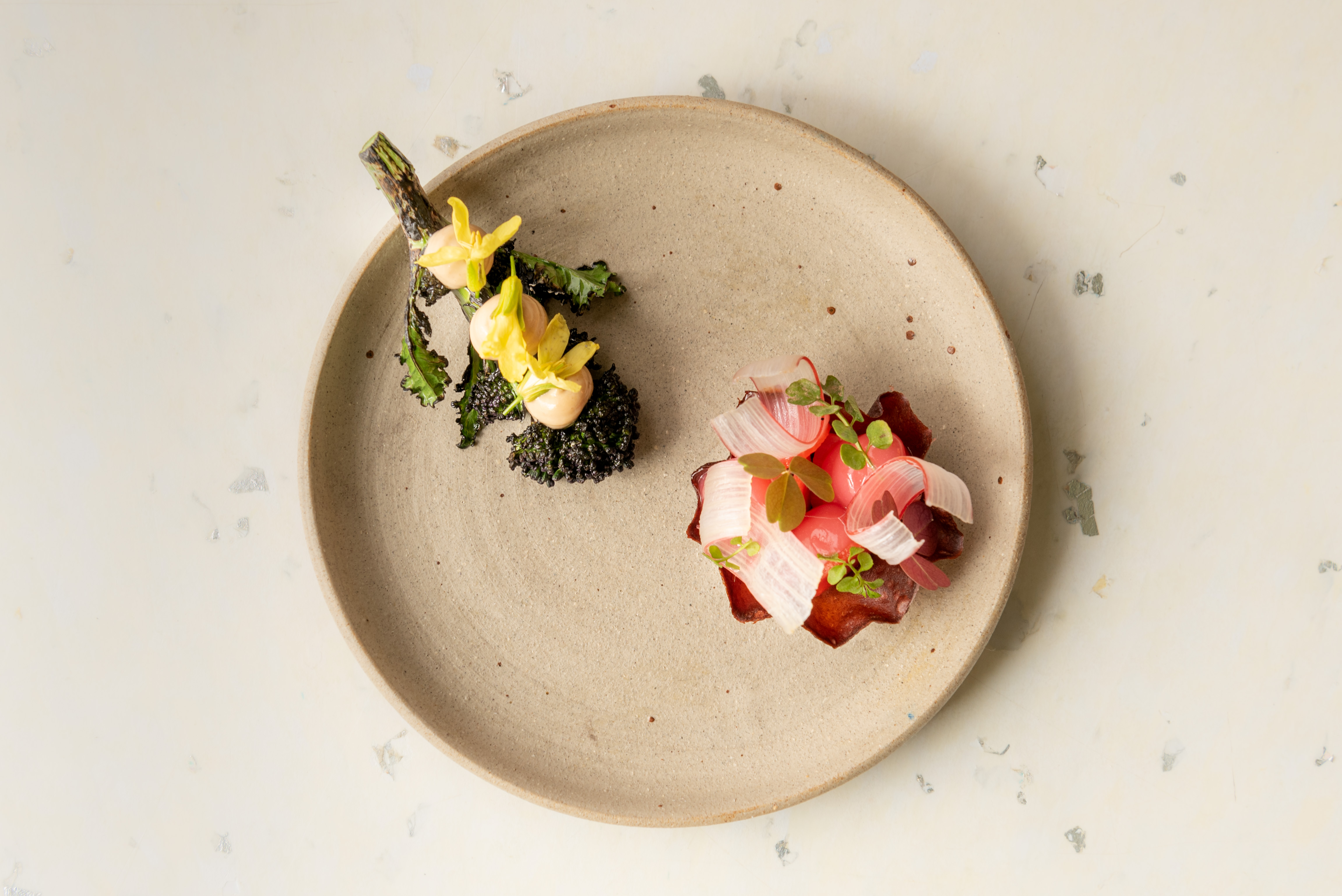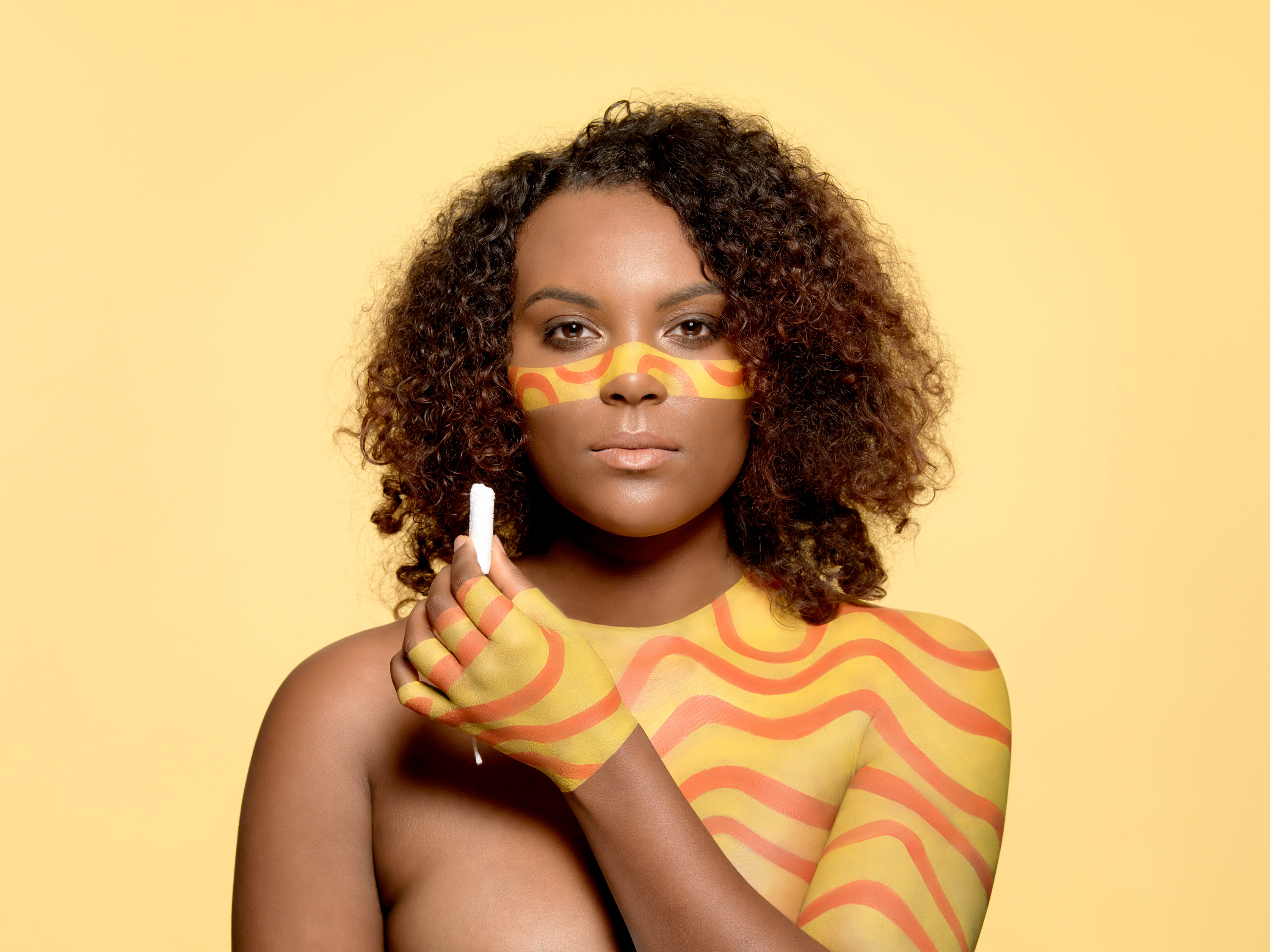
Scroll through the archives of any online women’s magazine and you’ll likely stumble across multiple articles on a much-loved topic: menstruation. Far from the days when talk of such occurred only between close girlfriends, it now seems that every female journalist will broach the subject at some point in her career. Indeed, the weird and not-so-wonderful world of periods offers many angles to be debated, whether political (e.g. tampon tax) or personal (e.g. period sex). However, considering a quick search for “menstruation” on Cosmo alone brings up over 200 results, surely there isn’t much left to discuss? Surely we’ve reached peak saturation?
Apparently not. Over the last year or so, I’ve seen more and more content dedicated to the “alternative” period products that are emerging and grabbing the attention of women’s media outlets, which are always on the hunt for the latest and greatest wares to share with their readers. The most prominent among them is the menstrual cup – a silicone cup inserted into the vagina to collect blood rather than absorb it – that’s been around for many years but had never really garnered quite as much press as it has of late.
The main draw of the menstrual cup is usually its eco-friendly credentials: a single cup should serve you for a decade before it can be recycled, while tampons and pads are single-use and enclosed in layers of packaging, all of which ends up in landfill. However, it’s more its unconventional nature and shock factor that’s made the menstrual cup a must-visit topic of viral content creators. All of this coverage has certainly made the item more recognisable, but hasn’t been enough to make it mainstream. For most women I know at least, a trusty box of Tampax is still their monthly go-to.
“when this contraption was presented to us in a PSHE class, it was met with a combination of giggles and sheer horror”
My first introduction to the Mooncup (the UK’s most popular menstrual cup) actually came some time ago while at my all-girls school. While period chat certainly wasn’t off-limits, when this contraption was presented to us in a PSHE class, it was met with a combination of giggles and sheer horror. For a bunch of 14-year olds who were just getting used to our changing bodies, the idea of inserting anything so unfamiliar – not to mention cumbersome – was unappealing at best. Needless to say I wasn’t convinced, and after that encounter I continued to navigate the leaks and cramps with the tools I’d grown accustomed to.
It wasn’t until about a year and half ago that menstrual cups came back on my radar. I’d developed a fascination with living more sustainably, particularly the zero-waste lifestyle where one sends nothing to landfill. One of the movement’s pioneers is Lauren Singer, a 20-something in New York who can fit all of her rubbish from the past few years into a single mason jar. While this feat alone is pretty impressive, it’s the more private aspects of going zero-waste that seem to draw the most intrigue. Namely, what the hell does she do about tampons? One step ahead as always, Lauren uses a menstrual cup.
I was pretty inspired by the potential to cut my waste dramatically with one simple switch, but still something held me back: no one I knew used it. I’d trawled forums and watched videos, but like many, I turn to my friends for advice on the more intimate stuff, and they were even more perplexed than I was. The thing about the menstrual cup is that, while it’s not as niche as perhaps it once was, it still seems to be synonymous with a certain type of person – the one who wears organic hemp clothing, attends fracking protests and went vegan long before it was cool. For the rest of us who care about the environment but often succumb to what’s convenient, pads and tampons are quite alright. Periods are shitty enough without being burdened by guilt.
“There’s a much lower risk of toxic shock, so you can sleep with it in. It holds more than most tampons, and is far less prone to leaks”
Except, since taking the plunge and investing in a Mooncup, I’ve discovered it offers far more than a clean conscience. There’s a much lower risk of toxic shock, so you can sleep with it in. It holds more than most tampons, and is far less prone to leaks. It’s also saved me a few quid every month – take that, tampon tax! I’ll admit that getting familiar with it takes a few cycles. For starters, you have to experiment with different insertion techniques and stem lengths before you find what works for you. There’s also the process of keeping it clean, as well as getting used to “The Pop” (when your cup unexpectedly unfolds quite some time after you’ve inserted it) but stick with it and you may ultimately become a convert.
Along with the other feminine hygiene alternatives, such as organic cotton tampons, toxin-free lubricants and absorbent period pants, the menstrual cup is a product that places people who have periods and their well-being at the forefront. In an industry run by male-led multinationals, the desire to drive sales and cut costs means female health is of low priority, resulting in ingredients that don’t belong anywhere near our bodies, let alone the most intimate parts. Female-owned initiatives such as the Mooncup, Lola and Thinx are quite literally cutting the crap while putting out ballsy marketing campaigns that tackle any remaining taboos. It’s a bloody good way to fight the patriarchy if you ask me.








